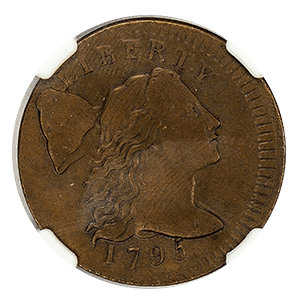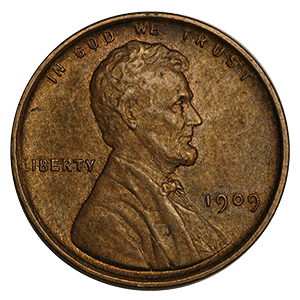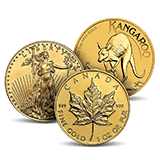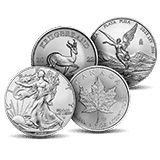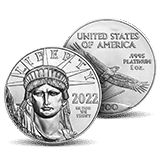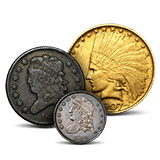Coin Value Guide
What is my coin worth? Maybe you’ve found an old coin or discovered a new love of coin collecting – whatever the case, APMEX is here to help you learn about the exciting world of numismatic coins.
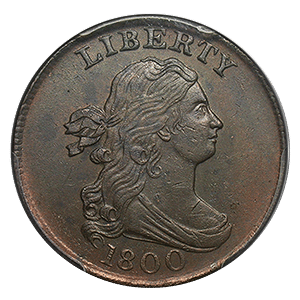
Half Cents
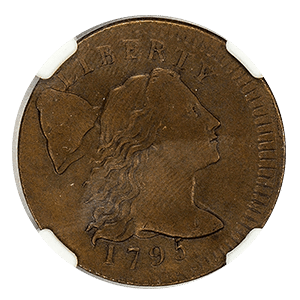
Large Cents
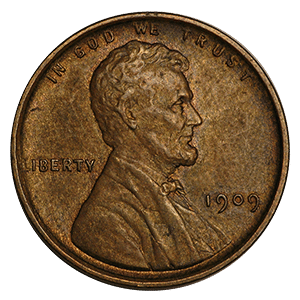
Small Cents
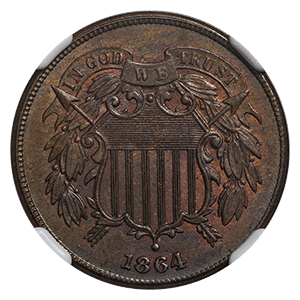
Two Cents
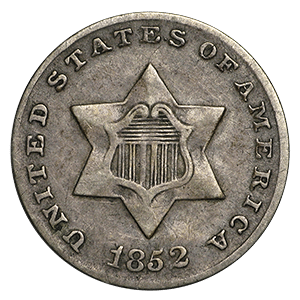
Three Cents

Half Dimes
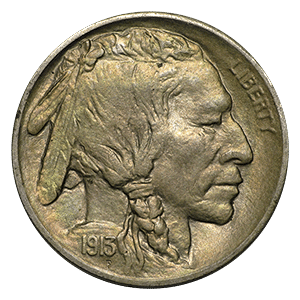
Nickels
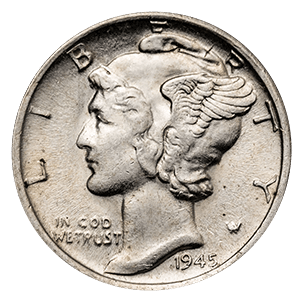
Dimes
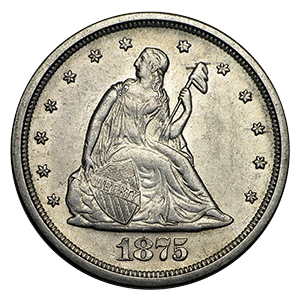
Twenty Cents
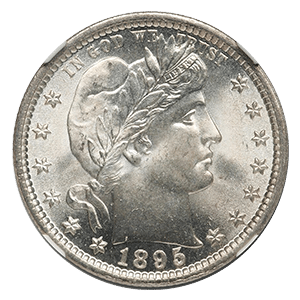
Quarters
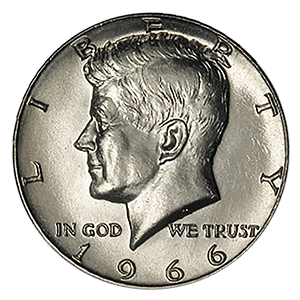
Half Dollars
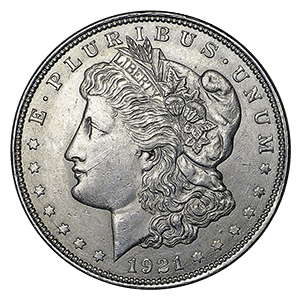
Dollars

Dollars
Draped Bust
Eisenhower
Flowing Hair
Liberty Seated
Morgan Silver
Native American
Peace Dollar
Presidential
Sacagawea
Susan B Anthony
Trade Dollar
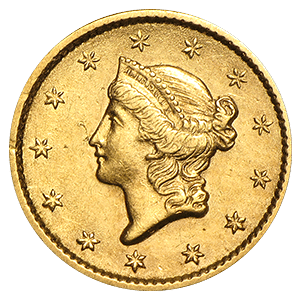
Gold Dollars
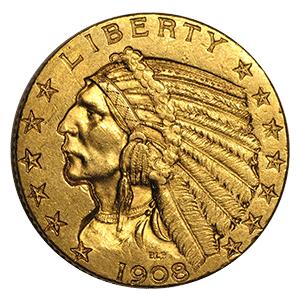
Gold Quarter Eagles
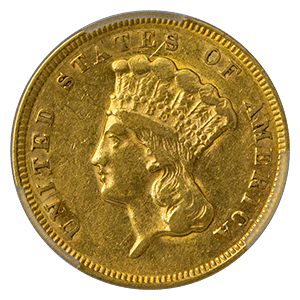
$3 Gold Coins
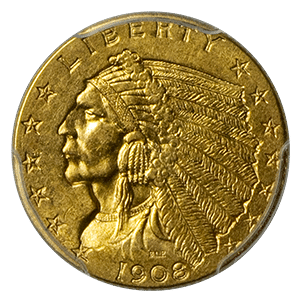
Gold Half Eagles
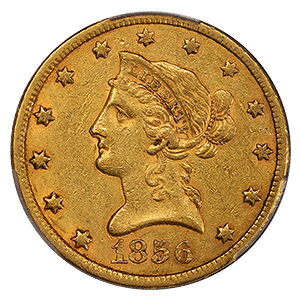
Gold Eagles
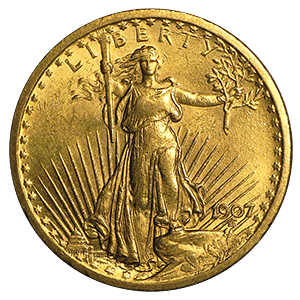
Gold Double Eagles
New to the World of Numismatic Coins? Get Started Here
Coins have been around for more than 5,000 years. Early Roman Emperors gave Silver coins that featured their likenesses to their best generals and troops as a reward for bravery. Coin collecting became popular in Europe in the 1500s. In the United States, collecting coins didn’t really begin until the 1850s but by 1950s, it was one of the most popular hobbies. Many children and parents amassed nice collections.
The numismatic value of a coin depends on three factors: the date and mintmark of the coin, the mintage/population of the coin and its condition or finish. A seemingly small or insignificant flaw can go a long way in affecting a coin’s value.
United States currency has shifted in design and composition over the years. Although modifications were made for aesthetic reasons at times, practicality was the main driver for the adjustments. United States coins have changed in diameter, thickness and overall mass. Coin size has evolved throughout American history based on the needs of consumers and fluctuations in Precious Metal values.
Essentials Guides
Morgan Silver Dollars
Morgan Silver Dollars were minted from 1878 to 1921 and have remained popular among collectors long after their run in circulation ended.
Franklin Half Dollars
Half Dollars were one of the foundational coins of U.S. currency until it fell out of favor in the late 20th century.
Washington Quarters
The Washington Quarter was minted to replace the Standing Liberty Quarter in 1932 and has continued to today with few interruptions.
Roosevelt Dimes
The Roosevelt Dime has been struck with few interruptions from the beginning of U.S. coinage in 1792 to the present day.
Jefferson Nickels
The Jefferson Nickel replaced the iconic Buffalo Nickel in 1938 and has been used, both the Jefferson and Modern Jefferson, in some way for U.S. coinage ever since.
Lincoln Pennies
The Lincoln Penny was minted for the first time in 1909 and the obverse of the coin remains in use on the penny today.
Security For You and Your Investments
Citadel Global Depository Services, Inc.
Protect your investments with a leading security company that offers secure storage
Precious
Metals IRAs
Protect your investments with a leading security company that offers secure storage


